As we can see, both the harmonic drive and the cycloidal gear reducer have their own advantages and complement each other. We can choose the suitable reducer based on the specific application scenario.
Nowadays, in the application of automated production, both the harmonic drive and the cycloidal gear reducer have become important transmission devices with a wide range of applications. Considering the performance and efficiency of the equipment, the cycloidal gear reducer is more suitable for applications with larger loads and frequent forward and reverse rotations, while the harmonic drive is more suitable for applications with light loads and high precision requirements. The different application scenarios determine the different advantages of the harmonic drive and the cycloidal gear reducer in different application scenarios.
Gear reducers are essential components in many industrial and mechanical systems, as they allow for the transfer of power and torque from one component to another. There are various types of gear reducers available, with two popular options being harmonic and cycloidal gear reducers. While both types serve the same purpose, they have distinct differences in their design and operation.
Harmonic gear reducers, also known as strain wave gears, are known for their compact size, high gear ratio, and low backlash. They consist of three main components: a wave generator, flexspline, and circular spline. The wave generator is connected to the input shaft and creates a wave motion, which causes the flexspline to flex and move in a circular motion. This movement is then transferred to the circular spline, resulting in an output shaft rotation.
Cycloidal gear reducers, on the other hand, are characterized by their high torque capacity, high efficiency, and smooth operation. They consist of a set of internal and external gears, with the internal gears having lobed profiles that interact with the external gears to produce the desired gear reduction. The unique shape of the gears allows for a high gear ratio and minimal backlash, making them suitable for applications requiring precise and smooth motion.
Despite their differences in design and operation, harmonic and cycloidal gear reducers share some common characteristics. Both types are capable of achieving high gear ratios, making them suitable for applications requiring significant speed reduction. Additionally, they both offer low backlash, ensuring accurate and precise motion control in various applications.
One of the main differences between harmonic and cycloidal gear reducers lies in their construction and operation. Harmonic gear reducers use a flexible and elastic component (flexspline) to achieve gear reduction, while cycloidal gear reducers rely on the interaction between lobed gears to achieve the desired reduction. This difference in construction results in variations in size, weight, and torque capacity between the two types of gear reducers.
Another difference between the two types of gear reducers is their efficiency and smoothness of operation. Cycloidal gear reducers are known for their high efficiency and smooth motion, making them suitable for applications where precise and consistent motion is required. Harmonic gear reducers, while offering high gear ratios and low backlash, may exhibit some level of vibration and noise during operation, which can impact their suitability for certain applications.
In conclusion, while harmonic and cycloidal gear reducers serve the same purpose of achieving gear reduction, they have distinct differences in their design, construction, and operation. Understanding the unique characteristics of each type is essential for selecting the most suitable gear reducer for a specific application. Whether it's the compact size and high gear ratio of harmonic gear reducers or the high torque capacity and smooth operation of cycloidal gear reducers, both types offer valuable solutions for various industrial and mechanical systems.
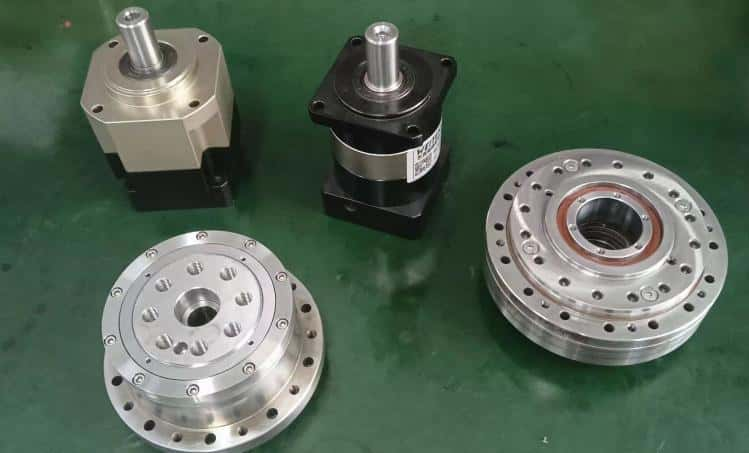
 English
English Deutsch
Deutsch Русский
Русский Español
Español
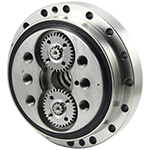
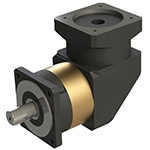
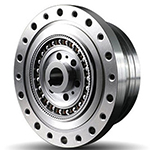
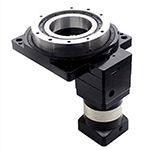
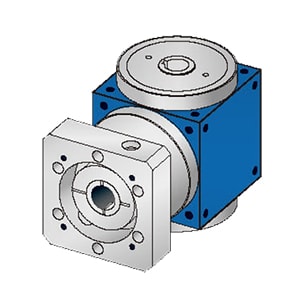
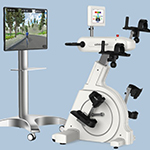
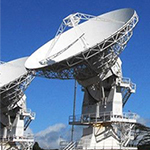
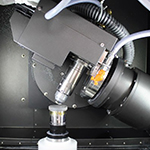
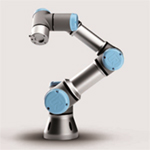
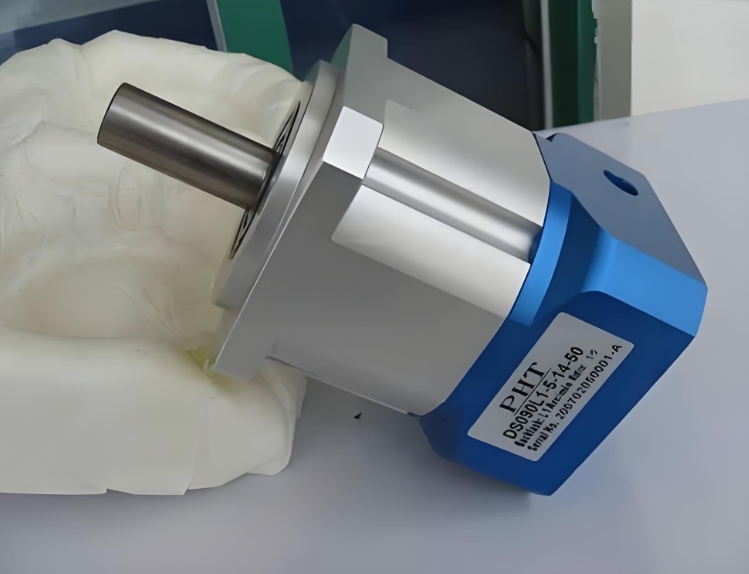
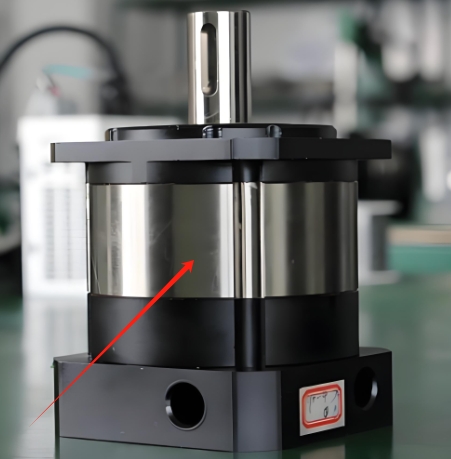
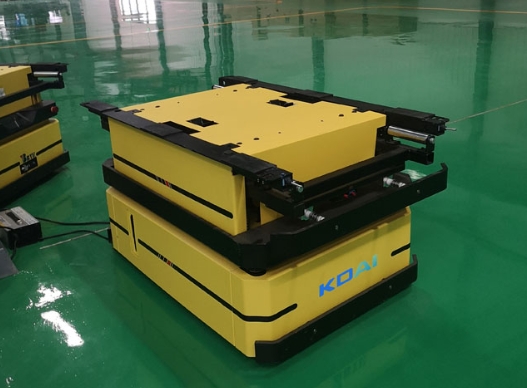
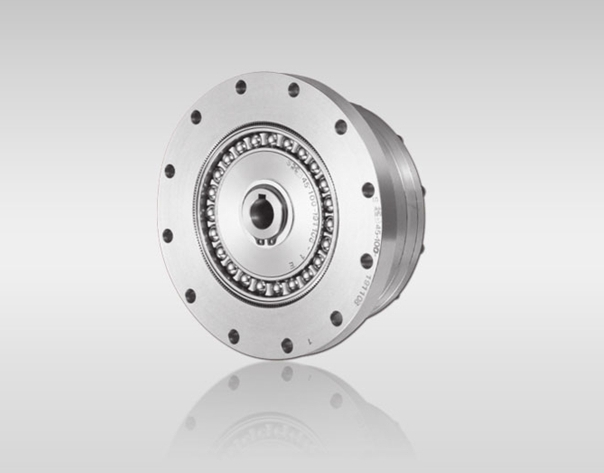
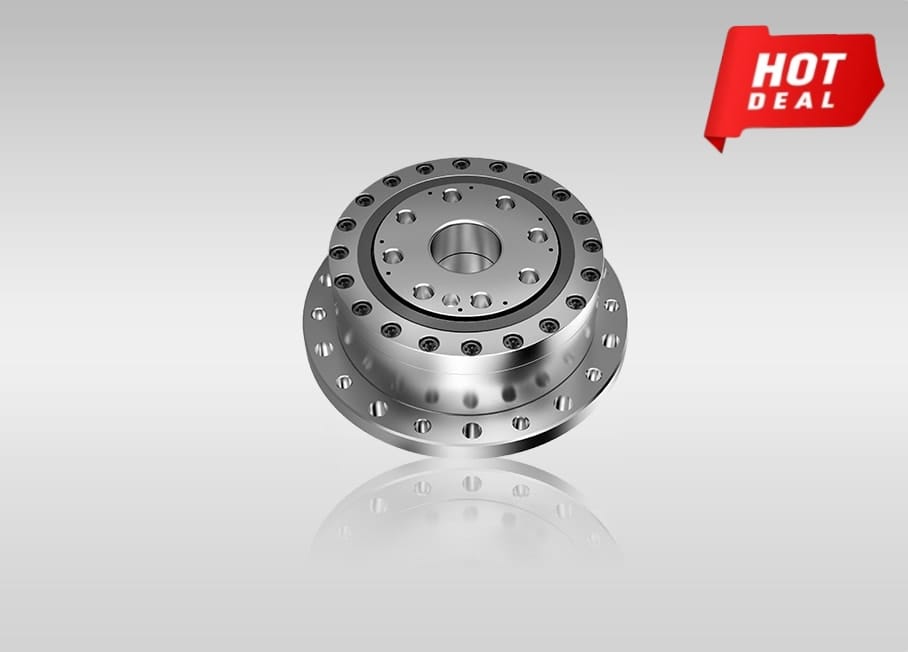
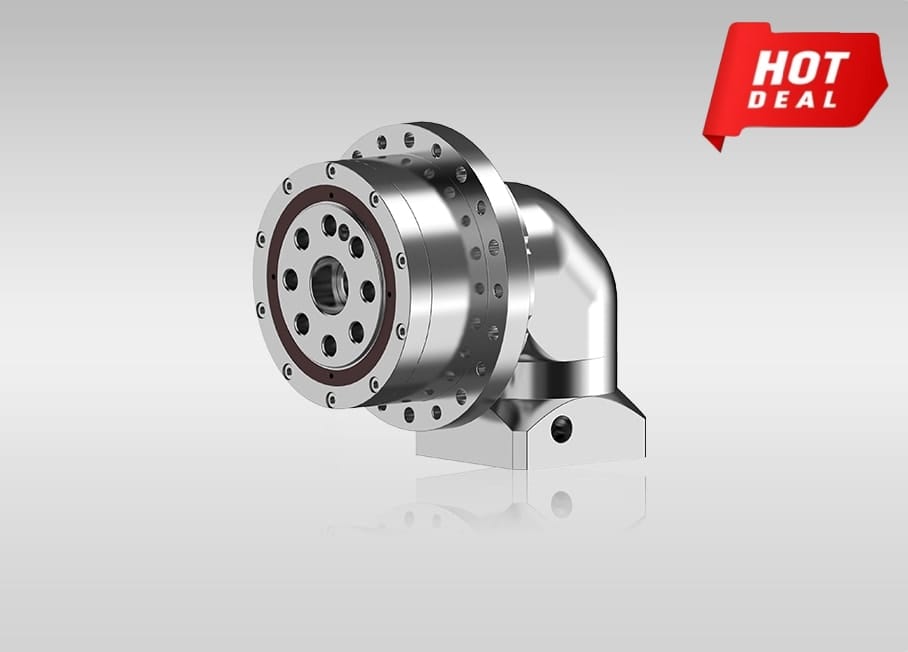
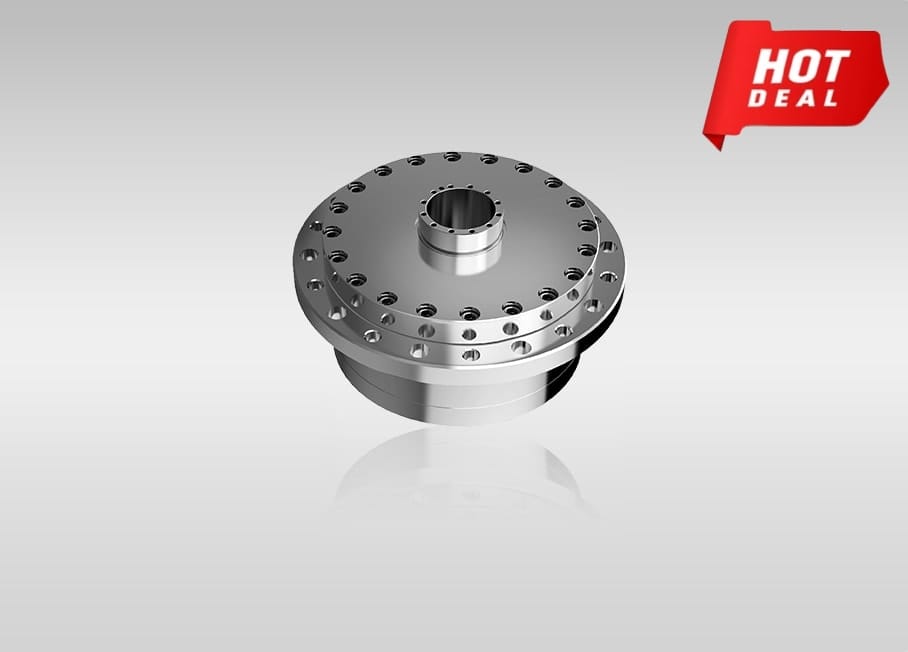
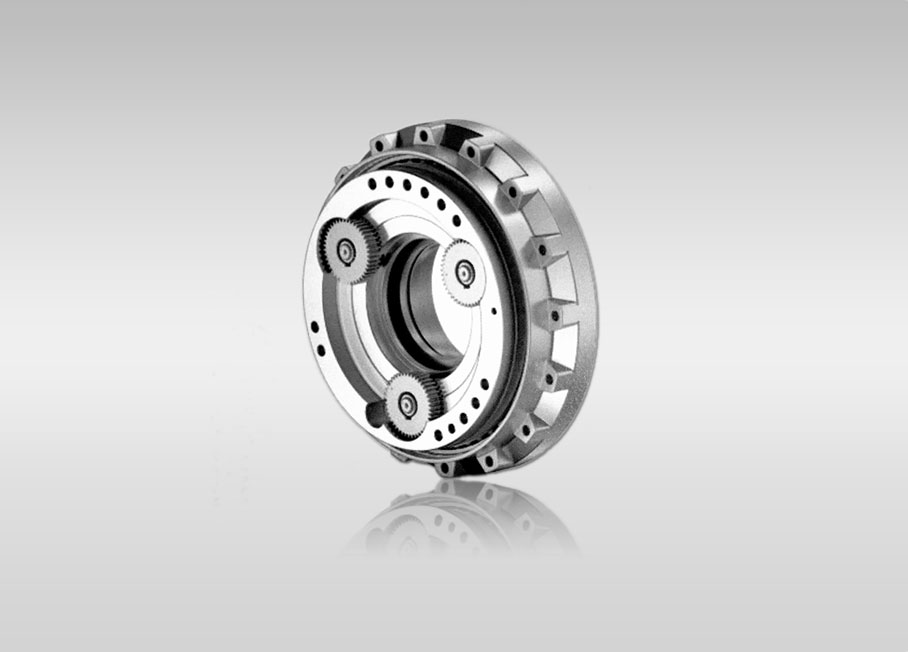
Quote Now